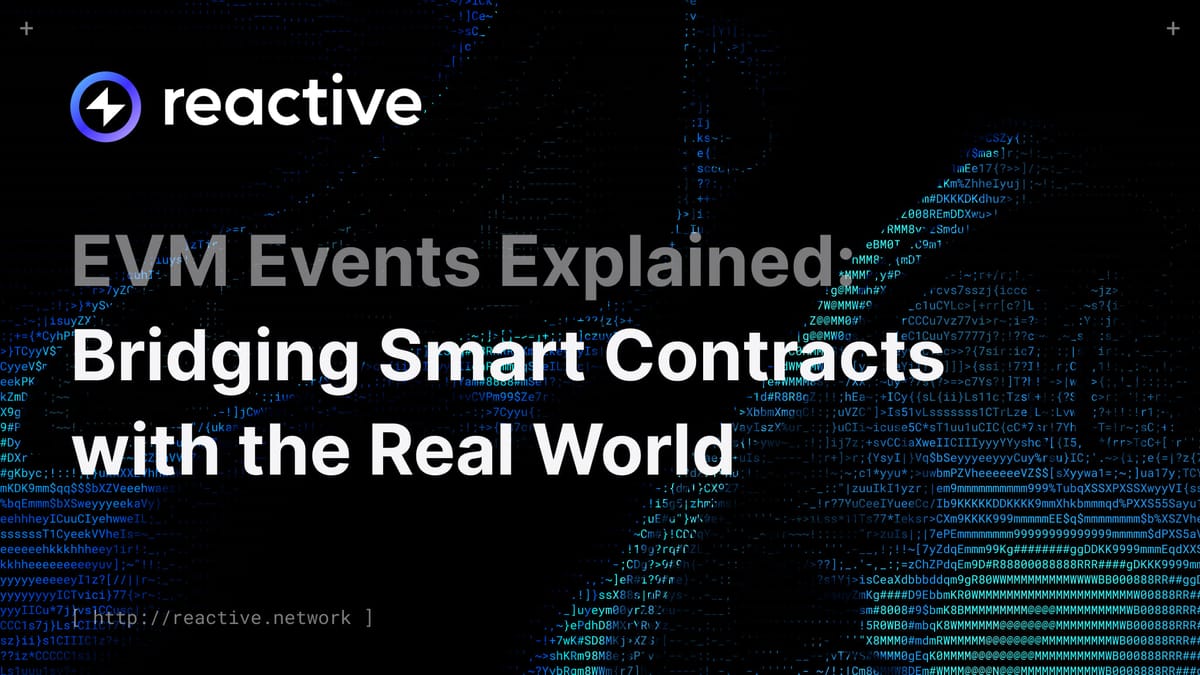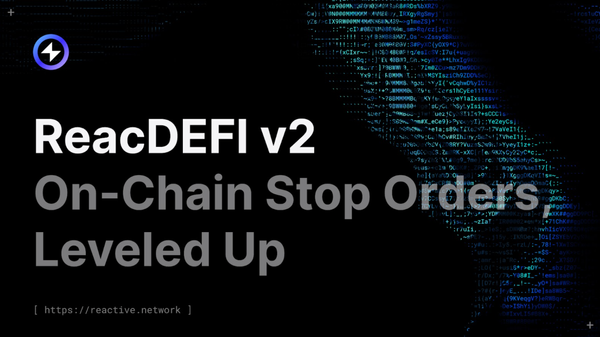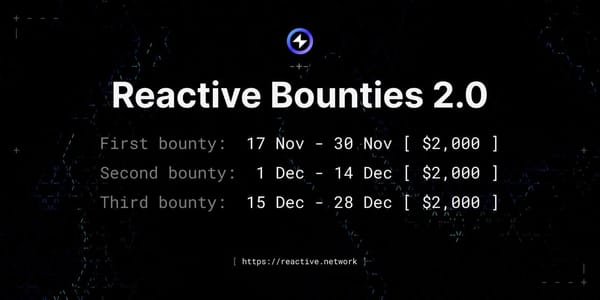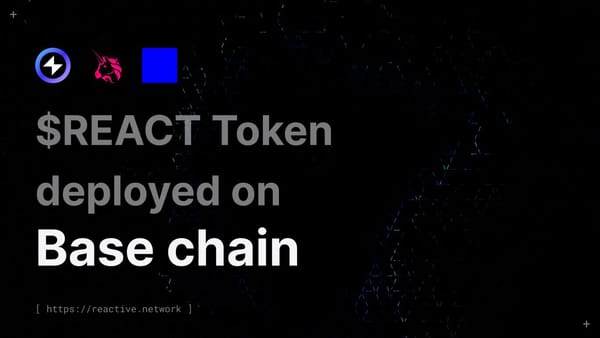EVM Events Explained: Bridging Smart Contracts with the Real World
EVM events are a powerful feature for smart contracts on the Ethereum blockchain, enabling efficient communication and interaction with the external world.

In the Ethereum blockchain, events serve as a means for smart contracts to communicate with the external world. When certain conditions within a smart contract are met, it can emit events to log specific information on the blockchain. These events are crucial for decentralized applications (dApps) because they provide a gas-efficient way to trigger and listen for specific occurrences without constantly polling the blockchain.
Events in Ethereum are indexed by the EVM, making them searchable. This feature is especially useful for dApps that need to monitor blockchain activities, like transfers, contract updates, or, as we'll see, price updates from oracles.
How Do EVM Events Work?
When a smart contract emits an event, the event data is stored in the transaction's logs. These logs are attached to the blocks of the blockchain but do not affect the blockchain state directly. Instead, they offer a way to record and retrieve information, based on the event's parameters.
Developers define events in smart contracts using the event keyword, followed by the event name and the data types of the information they want to log. To emit an event, the smart contract uses the emit keyword followed by the event name and the data to be logged.
Listening for Events
External applications, like dApps or backend services, can listen for these events. By specifying the event signature and, optionally, filtering parameters, these applications can subscribe to real-time updates whenever the event is emitted. This mechanism is pivotal for creating responsive and interactive blockchain applications.
Example: Chainlink Price Oracle Integration
Chainlink's decentralized oracle network provides real-time data feeds for various cryptocurrencies, commodities, and other off-chain data, directly into smart contracts. Let's see how an EVM event can be used in conjunction with Chainlink's price oracle.
Defining the Price Update Event
Imagine a smart contract that needs real-time price information to execute its logic, such as a DeFi lending platform that adjusts collateral requirements based on the latest market prices. The contract might define an event like this:
event PriceUpdated(string symbol, uint256 newPrice);This event is designed to log the symbol of the asset and its new price whenever the price is updated.
Emitting the Event
When the smart contract receives a new price update from Chainlink's oracle, it emits the PriceUpdated event:
emit PriceUpdated("ETH", newEthPrice);In this line, newEthPrice is the updated price of Ethereum fetched from Chainlink whose oracle is updated periodically.
Listening for the Price Update
A dApp or an investor's portfolio management tool can listen for the PriceUpdated event to trigger specific actions, like rebalancing a portfolio or issuing a loan. We will use a Reactive Smart Contract to catch these events, see the next lessons.
Conclusion
EVM events are a powerful feature for smart contracts on the Ethereum blockchain, enabling efficient communication and interaction with the external world. By integrating with services like Chainlink's price oracle, smart contracts can leverage real-time data to make informed decisions, automate actions, and enhance the functionality of dApps. Through events, Ethereum not only records transactions but also bridges the gap between the blockchain and the dynamic data of the real world, opening a myriad of possibilities for developers and users alike.
Join our Hackathon and bounty program today to start building with Reactive Smart Contracts and bring your innovative ideas to life on the Reactive Network!
About Reactive Network
The Reactive Network, pioneered by PARSIQ, ushers in a new wave of blockchain innovation through its Reactive Smart Contracts (RSCs). These advanced contracts can autonomously execute based on specific on-chain events, eliminating the need for off-chain computation and heralding a seamless cross-chain ecosystem vital for Web3’s growth.
Central to this breakthrough is the Inversion of Control (IoC) framework, which redefines smart contracts and decentralized applications (DApps) by imbuing them with unparalleled autonomy, efficiency, and interactivity. By marrying RSCs with IoC, Reactive Network is setting the stage for a transformative blockchain era, characterized by enhanced interoperability and the robust, user-friendly foundation Web3 demands.





